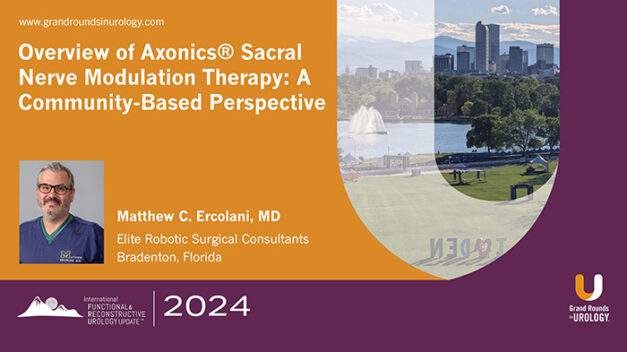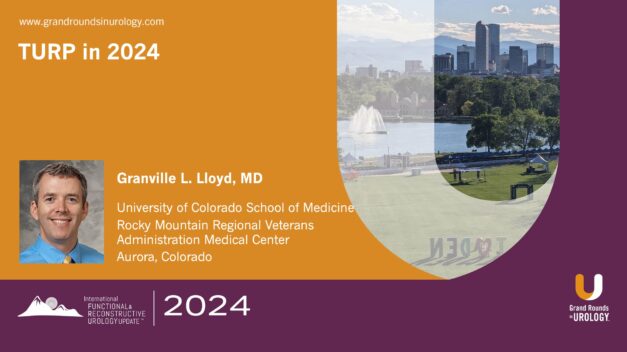Overview of Axonics SNM Therapy: A Community-Based Perspective
Matthew C. Ercolani, MD, FACS, highlights the importance of sacral nerve modulation (SNM) in treating patients with urinary and fecal incontinence, particularly in rural or community-based settings where access to tertiary care is limited. In this 10-minute presentation, Ercolani, a robotic cancer surgeon, emphasizes that while SNM has been available since 1997, many patients remain unaware of its benefits. He considers SNM especially useful in remote areas, as it provides long-term relief for patients without requiring frequent follow-up.
Dr. Ercolani reviews the procedure for SNM therapy, emphasizing the importance of precise surgical techniques. He provides suggestions for the most successful implantation procedure, including fluoroscopy, proper lead placement, and doctor education on sacral anatomy. The presentation also underscores the importance of comprehensive clinical support, which ensures patients understand how to manage their devices post-surgery.





